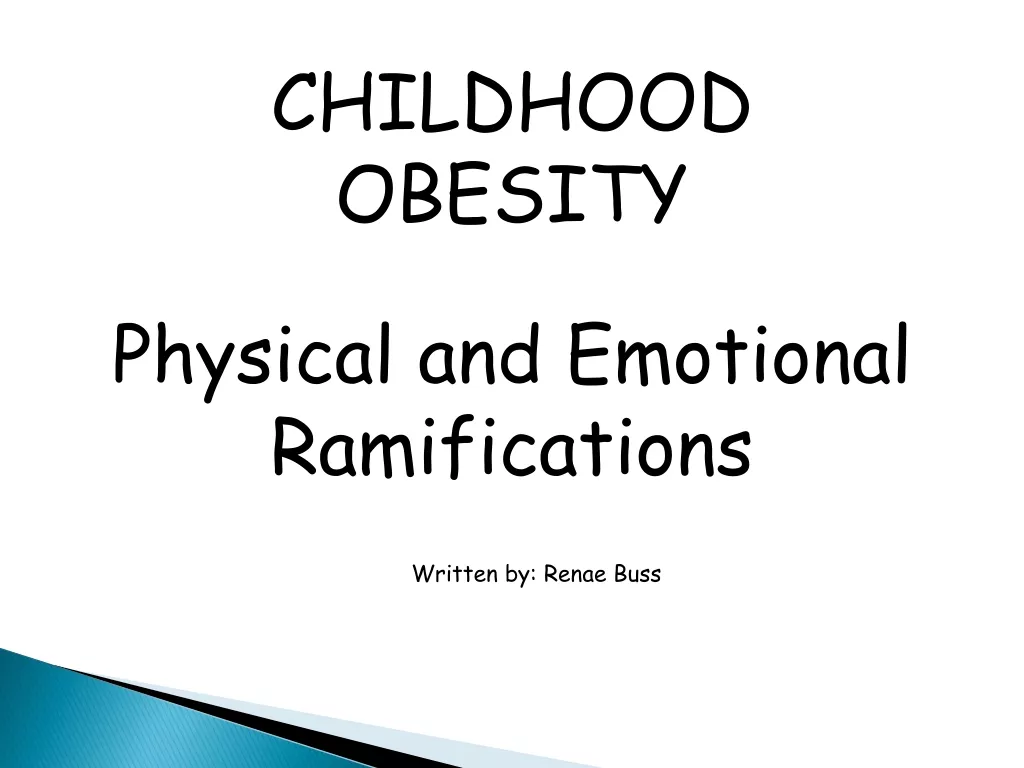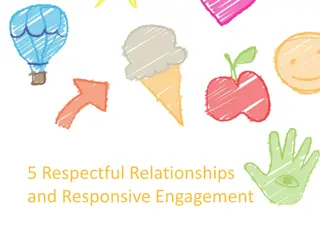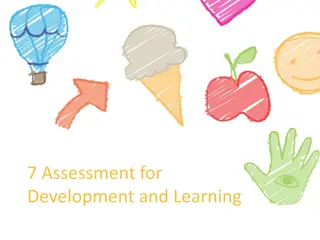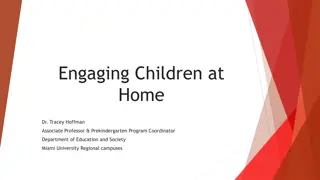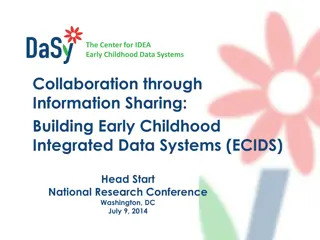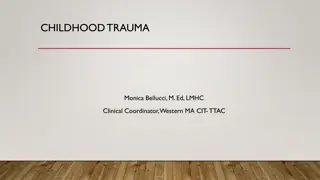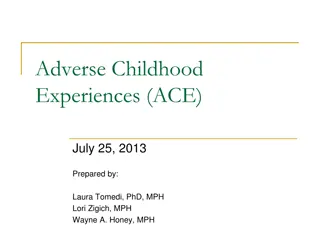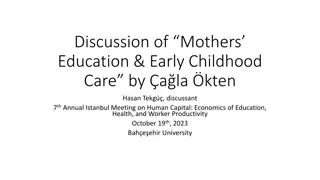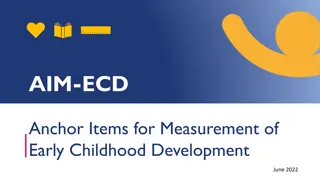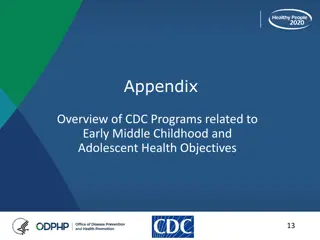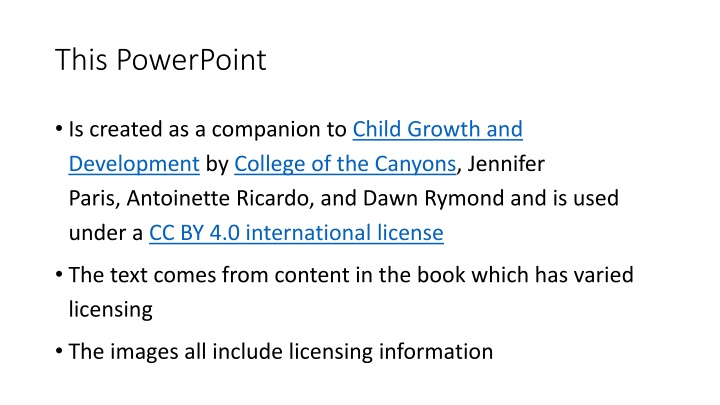
Child Growth and Development for Early Childhood
Explore the physical, nutritional, and cognitive aspects of child growth and development in early childhood. Learn about the milestones in gross motor skills, brain development, and the importance of nutrition. Discover valuable tips for establishing healthy eating habits and promoting overall well-being.
Download Presentation

Please find below an Image/Link to download the presentation.
The content on the website is provided AS IS for your information and personal use only. It may not be sold, licensed, or shared on other websites without obtaining consent from the author. If you encounter any issues during the download, it is possible that the publisher has removed the file from their server.
You are allowed to download the files provided on this website for personal or commercial use, subject to the condition that they are used lawfully. All files are the property of their respective owners.
The content on the website is provided AS IS for your information and personal use only. It may not be sold, licensed, or shared on other websites without obtaining consent from the author.
E N D
Presentation Transcript
This PowerPoint Is created as a companion to Child Growth and Development by College of the Canyons, Jennifer Paris, Antoinette Ricardo, and Dawn Rymond and is used under a CC BY 4.0 international license The text comes from content in the book which has varied licensing The images all include licensing information
Physical Development In Early Childhood Image by Hanscom Air Force Base is in the public domain Image by Spangdahlem Air Base is in the public domain
Growth in Early Childhood Between 2 and 6 years of, children gain about 3 inches in height and 4 to 5 pound in weight each year Little Black Girl Measure Height 3' 6" Ruler Manhattan Park Playground October 23, 20106 by Stephen Depolo is licensed under CC-BY 2.0
Nutrition Slower growth = reduced appetite 2- to 3-year olds need 1,000-1,400 calories per day 4- to 8-year olds need 1,200-2,000 calories daily Important to provide adequate and well-balanced nutrition Modified from U.S. Air Force photo by Senior Airman Jimmie D. Pike in public domain
Nutrition cont. Children are developing their taste preferences at this age 7 Tips for Establishing Health Eating Habits Don t force a child to eat or fight over food Recognize that appetite varies Keep it pleasant No short order chefs Limit choice Serve balanced meals Don t bribe Image by the Air Force Medical Service is in the public domain
Brain 75% of adult weight at age 2 95% at age 6 Significant gains in prefrontal cortex better self-regulation Drawings are representative of visual pathways in brain Dramatic growth of left hemisphere of brain (language) Corpus callosum growth spurt between 3 and 6 Image by _DJ_ is licensed under CC BY-SA 2.0
Gross Motor Skills Being active is the business of early childhood Typical Age What Most Children Do by This Age Climbs well Runs easily Pedals a tricycle (3-wheel bike) Walks up and down stairs, one foot on each step Hops and stands on one foot up to 2 seconds Catches a bounced ball most of the time Stands on one foot for 10 seconds or longer Hops; may be able to skip Can do a somersault Can use the toilet on own Swings and climbs 3 years 4 years 5 years
Fine Motor Skills Being refined as dexterity, strength, and endurance increase Typical Age What Most Children Do by This Age Copies a circle with pencil or crayon Turns book pages one at a time Builds towers of more than 6 blocks Screws and unscrews jar lids or turns door handle Pours, cuts with supervision, and mashes own food Draws a person with 2 to 4 body parts Uses scissors Starts to copy some capital letters Can draw a person with at least 6 body parts Can print some letters or numbers Copies a triangle and other geometric shapes Uses a fork and spoon and sometimes a table knife 3 years 4 years 5 years
Sleep Important physiological need Young children need about 10 to 11 hours of sleep Child may experience Sleepwalking Sleep terrors Nightmares Image by Peter Griffin is in the public domain
Toilet Training Typically occurs after 2nd birthday 98% are toilet trained by 36 months But readiness is more important than age Daytime bladder control is typically accomplished first Elimination disorders Enuresis Encopresis Image by Manish Bansal is licensed under CC-BY-2.0
This PowerPoint was created by Jennifer Paris. Except where otherwise noted, it is licensed under a Creative Commons Attribution 4.0 International License.


